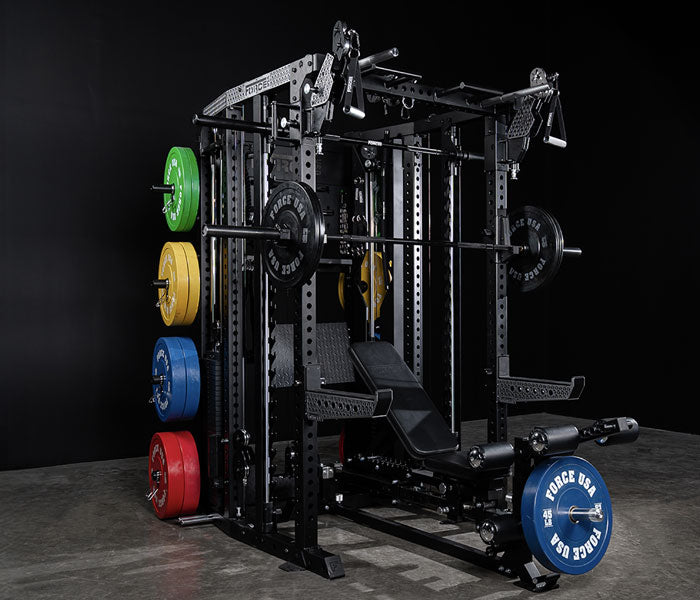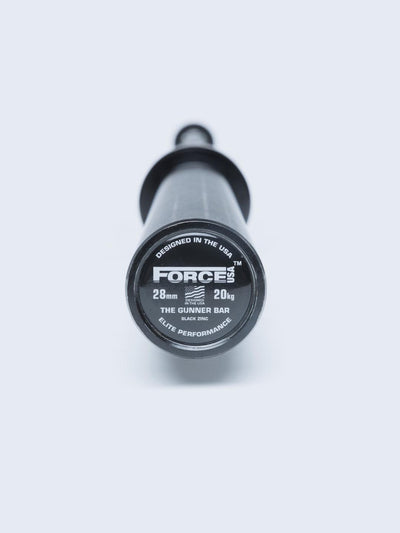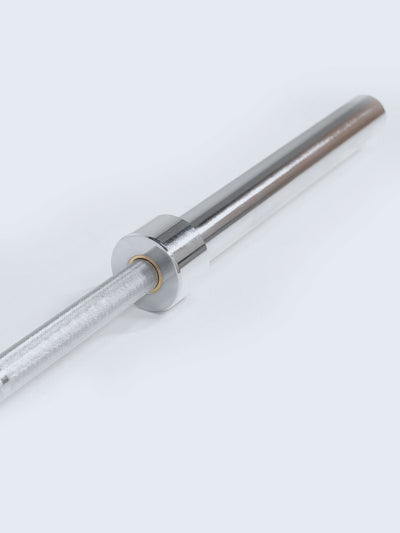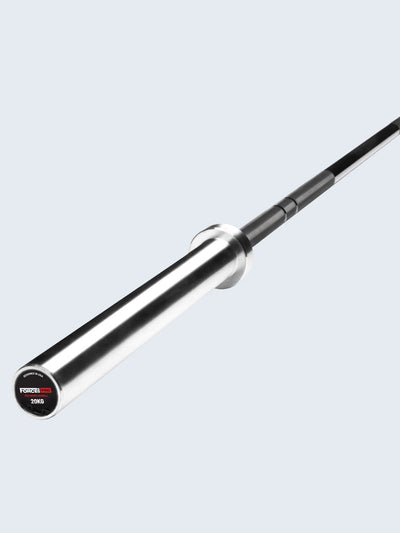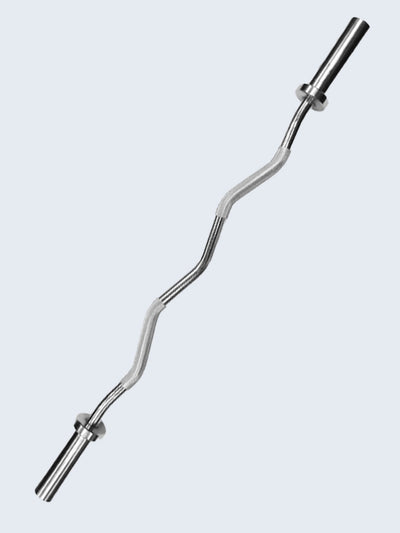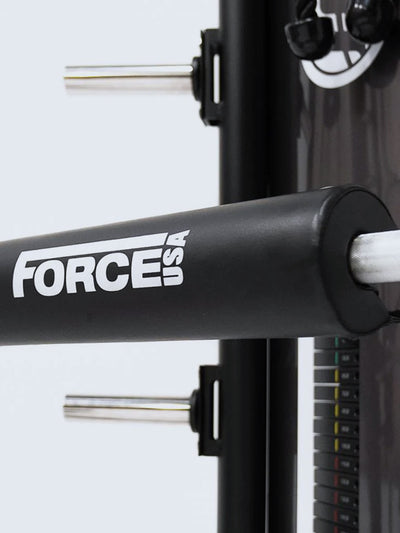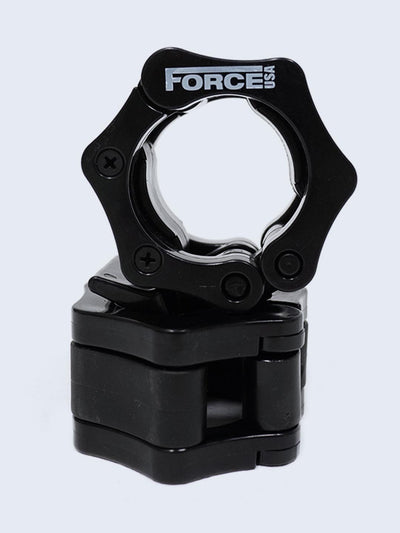Barbells
Every lift starts with the right bar in your hands. From all-rounders and Olympic barbells to specialty curl bars, collars, and more, this lineup gives you the precision, durability, and options to match your training style and goals.
7 Showing
